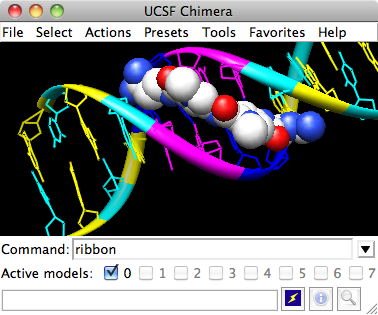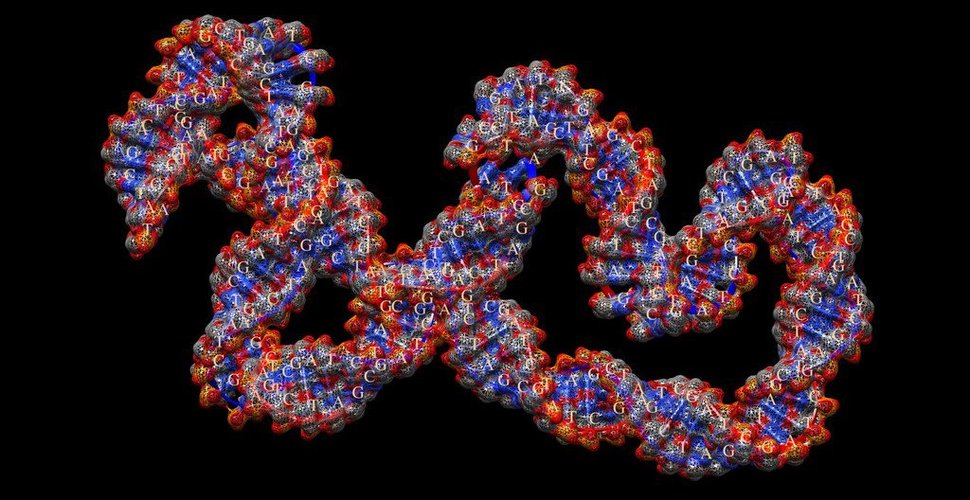

“It’s likely a negotiation between the maternal body and the fetal cells, where there is an expectation in the maternal body of a certain level of microchimerism that it needs to function properly,” said Boddy. Little is understood about the cellular signaling that causes fetal cells to regulate maternal physiology. Still, understanding how the fetal cells are interacting with maternal cells is going to be difficult, says Boddy. “If the cell populations can be isolated, then modern techniques should allow the genetic individual of origin to be unambiguously identified,” says Haig. These genes are unique to an individual and thus can help differentiate a mother’s DNA from that of her children with greater precision. Now, deep-sequencing technologies allow researchers to identify the origin of DNA in a mother’ tissues more comprehensively by sampling many areas in the genome, including genes implicated in immunity. But the technologies of the time couldn't get a detailed enough picture of the genetics to tease apart the minute cellular situation. The phenomenon was discovered several decades ago, when male DNA was detected in the bloodstream of a woman.

Given all this complexity, microchimeras have been difficult to study until recently, the authors note in their paper, which will be published in an upcoming issue of BioEssays. “I think one promising area for further research concerns unexplained pregnancy losses, and whether older siblings, as genetic individuals, can play a role in delaying the birth of younger siblings,” says David Haig, an evolutionary biologist at Harvard University. The presence of fetal cells in the mother’s body could even regulate how soon she can get pregnant again. The mother's body accumulates cells from each baby-and potentially functions as a reservoir, transferring cells from the older sibling into the younger one and forming more elaborate microchimeras. Microchimerism can get especially complex when a mother has multiple pregnancies. They then use chemical cues from neighboring cells to grow into the same stuff as the surrounding tissue, Boddy says.Īlthough the mother's immune system typically removes unchanged fetal cells from the blood after pregnancy, the ones that have already integrated with maternal tissues escape detection and can remain in mom's body. Once in the mother's blood, these cells circulate in the body and lodge themselves in tissue. Like stem cells, fetal cells are pluripotent, which means they can grow into many kinds of tissue. Things get even more intriguing when fetal cells cross the placenta and enter the mother's bloodstream. The mother's body in turn has evolved countermeasures to prevent excessive resource flow. Over evolutionary time, the fetus has evolved to manipulate the mother's physiology and increase the transfer of resources like nutrition and heat to the developing child. Maternal-fetal conflict has its origins with the very first placental mammals millions of years ago. “What we are hoping to do is not only provide an evolutionary framework for understanding how and why microchimerism came to be, but also to assess how this affects health,” says lead author Amy Boddy, a geneticist at Arizona State University. Now a team of biologists argues that to really understand what microchimerism does to moms, we need to figure out why it evolved in the first place. The phenomenon is widespread among mammals, and scientists have proposed a number of theories for how it affects the mother, from better wound healing to higher risk of cancer. This cellular invasion means that mothers carry unique genetic material from their children’s bodies, creating what biologists call a microchimera, named after the legendary beasts made of different animals.

During pregnancy, cells from the fetus cross the placenta and enter the mother's body, where they can become part of her tissues. Mothers around the world say they feel like their children are still a part of them long after they've given birth.


 0 kommentar(er)
0 kommentar(er)
